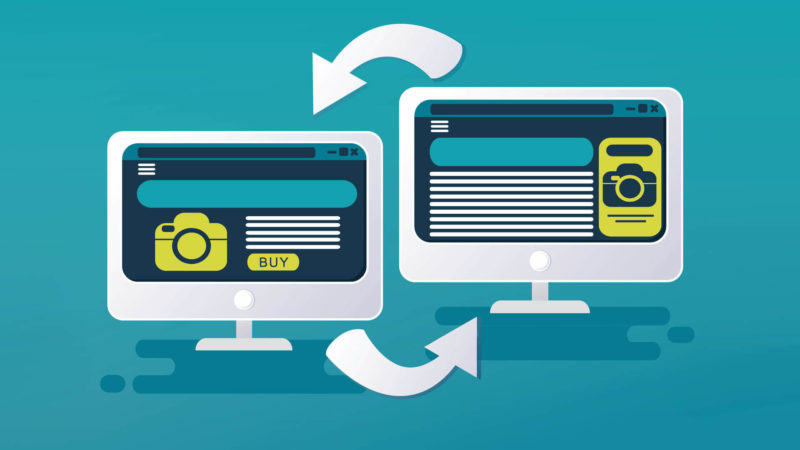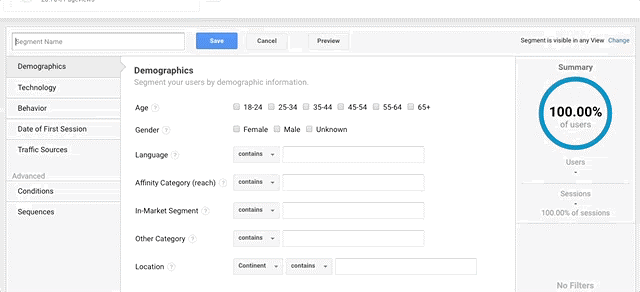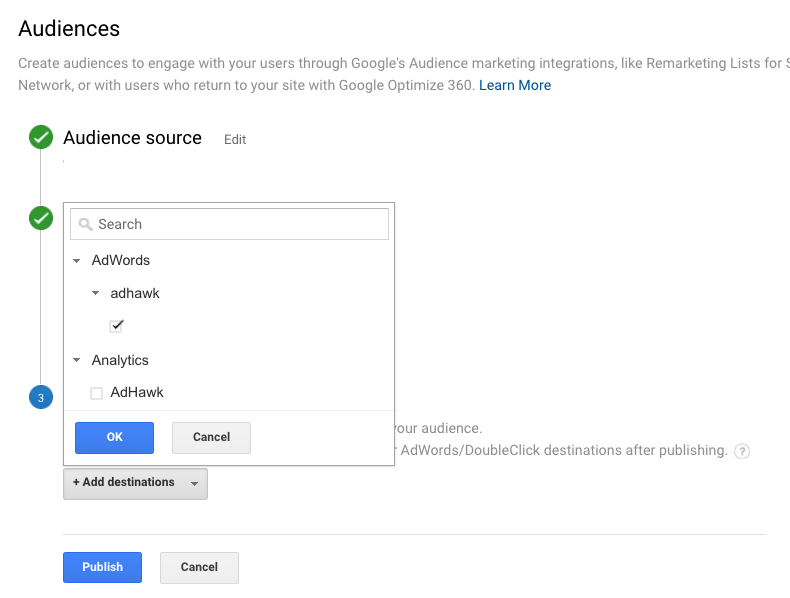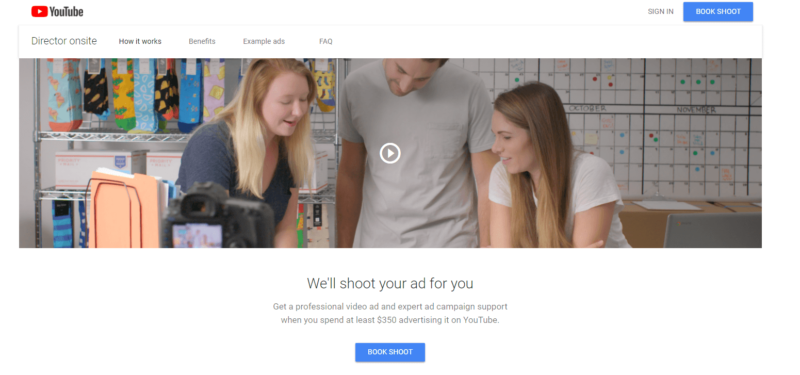Power up your B2B remarketing campaigns with 4 killer tricks
Contributor Todd Saunders explores four types of Google AdWords remarketing campaigns targeted toward the B2B marketplace that will build brand, convert leads and keep people from feeling creeped out.
 We all spill milk once in a while, but most of it reaches the cereal bowl because we’ve learned to perfect the art of milk pouring as kids.
We all spill milk once in a while, but most of it reaches the cereal bowl because we’ve learned to perfect the art of milk pouring as kids.
But milk is expensive, so the last thing you want to do is to let it go to waste… just like your ad budget.
Perfecting AdWords strategies takes testing, patience and practice to maximize the number of people who stay in your marketing funnel. Remarketing is one way to do just that.
Remarketing is an underutilized AdWords strategy that has been particularly fruitful for our business-to-business (B2B) clients. Sales cycles and funnels are comparatively longer for B2B than for traditional business-to-consumer (B2C) companies, where building brand awareness, educating the consumer and encouraging potential customers to complete their conversion is exponentially more important.
Before we dig in and explore B2B remarketing campaigns, here is a quick look at the four types of Google AdWords remarketing we’ll be referencing:
- Static remarketing: Serves display ads to your website and app visitors as they surf their favorite websites.
- Dynamic remarketing: Shows products and services that a visitor has previously looked at.
- Remarketing lists for search ads (RLSA): Retargets people who’ve visited your site and left to make a Google search.
- Video remarketing: Retargets ads to people who have watched your YouTube videos or visited your site.
Get close and personal
First, integrate your AdWords account with Google Analytics in order to get more details about who you’re targeting. Google Analytics lets you see user visit type, time on site, number of pages visited, demographics and geographic location.
The easiest ways for B2B marketers to identify visitors with the highest purchase intent is to create Google Analytics segments based on different criteria and behavior. The two easiest segments to start with are:
- People who almost convert.
- People who spend the most time on your site without converting.
Not only do segments quickly tell you what percent of your website visitors meet the criteria you set, they can easily be compared to your average site visitor, which generates some interesting insights.
For example, here’s how to create a segment of website visitors who stayed on a landing page longer than a minute.
I can immediately build an AdWords targeting audience in three clicks:
And then send that list to Google AdWords:
Upon building your remarketing lists, it’s important to tailor your message to these audiences. Alignment between message and audience is crucial to all marketing campaigns, so think about what you know about your audience and what they know about you when writing your ad.
Customizing your message to your audience gives you the best chance of success. That said, if you’re running a ton of advertisements on a large scale, it may be hard to write a custom ad for every single ad group or remarketing audience.
It’s worth testing broad versus specific messaging just so you’re not spending tons of extra time writing copy that’s not paying off.
For the most part, the investment pays off in the form of higher conversion rates and a higher quality score, which, in plain English, means more money.
Maximize your video campaigns
Everyone is doing content marketing, but not everyone is taking advantage of video.
It’s difficult to script, film, edit and launch a successful video campaign with ANY budget, let alone a shoestring one many of us marketers are working with.
YouTube is a powerful platform to tell the world your brand story and create meaningful touch points with your audience.
The best place to start is by taking advantage of YouTube’s Director Onsite program, where they shoot, script and edit a high-quality video for you.
Once you have a high-quality asset you’re proud of, you can join the ranks of folks who can be experimenting with remarketing.
Our search campaigns are very conversion-focused with a return on investment (ROI)-driven set of messages optimized for booking calls with the sales team.
We take a totally different approach once people fail to convert and film a series of short, fun, educational videos about all things digital advertising, from spotting a good ad to giving candid thoughts on the latest news in online marketing. You may want to try the same thing. We’ve found the videos give a face to our brand and provide a fun way to nurture and stay top of mind through remarketing.
Leverage YouTube
You can also leverage your YouTube video data to take things a step further. Once someone has seen one of your videos or visited your website, you can layer more specific targeting methods to maximize your control over who you are reaching.
Specifically, you can retarget viewers of your videos who have also viewed other YouTube videos and channels you do not own. The only caveat is that these users must have watched or visited your content first.
I’ve seen this strategy work firsthand, and it is a powerful lead generation tool.
Reduce ad fatigue with frequency capping
With remarketing, you want to walk the fine line between “Oh yeah, I should finish signing up for this product” and “Good grief, please stop following me wherever I go.”
Adwords Frequency Reports can show when your cost per acquisition significantly drives down your overall return on ad spend. When you set a high ad frequency cap on a poorly performing ad, your ad will show up more often and drive down conversion rates with diminishing returns.
That also means if your ad stinks, people you’re trying to bring back into the funnel will more likely be agitated and maybe a little creeped out. Be sure to run a few tests before taking this benchmark as gospel.
In order to find your frequency reports, make sure that:
- You’re running display ad campaigns.
- Your AdWords account is linked to Google Analytics.
Upon completion, find your frequency reports by linking Google Analytics with your AdWords account. In the reports section of Google Analytics, select the drop-down menu labeled “interaction type” and check the impressions box. Look at your number of impressions and compare it with your conversions.
In this example, there is almost a 40 percent dropoff at three sessions, so we’d set a frequency cap at three.
See where your conversions are dropping off and use this number to act as the upper-limit frequency benchmark.
Get started
Now that know more about remarketing, it’s time for you to harness its power. Go out and test your campaigns, tidy up your funnel and convert those precious leads.
Contributing authors are invited to create content for Search Engine Land and are chosen for their expertise and contribution to the search community. Our contributors work under the oversight of the editorial staff and contributions are checked for quality and relevance to our readers. The opinions they express are their own.
Related stories
New on Search Engine Land




